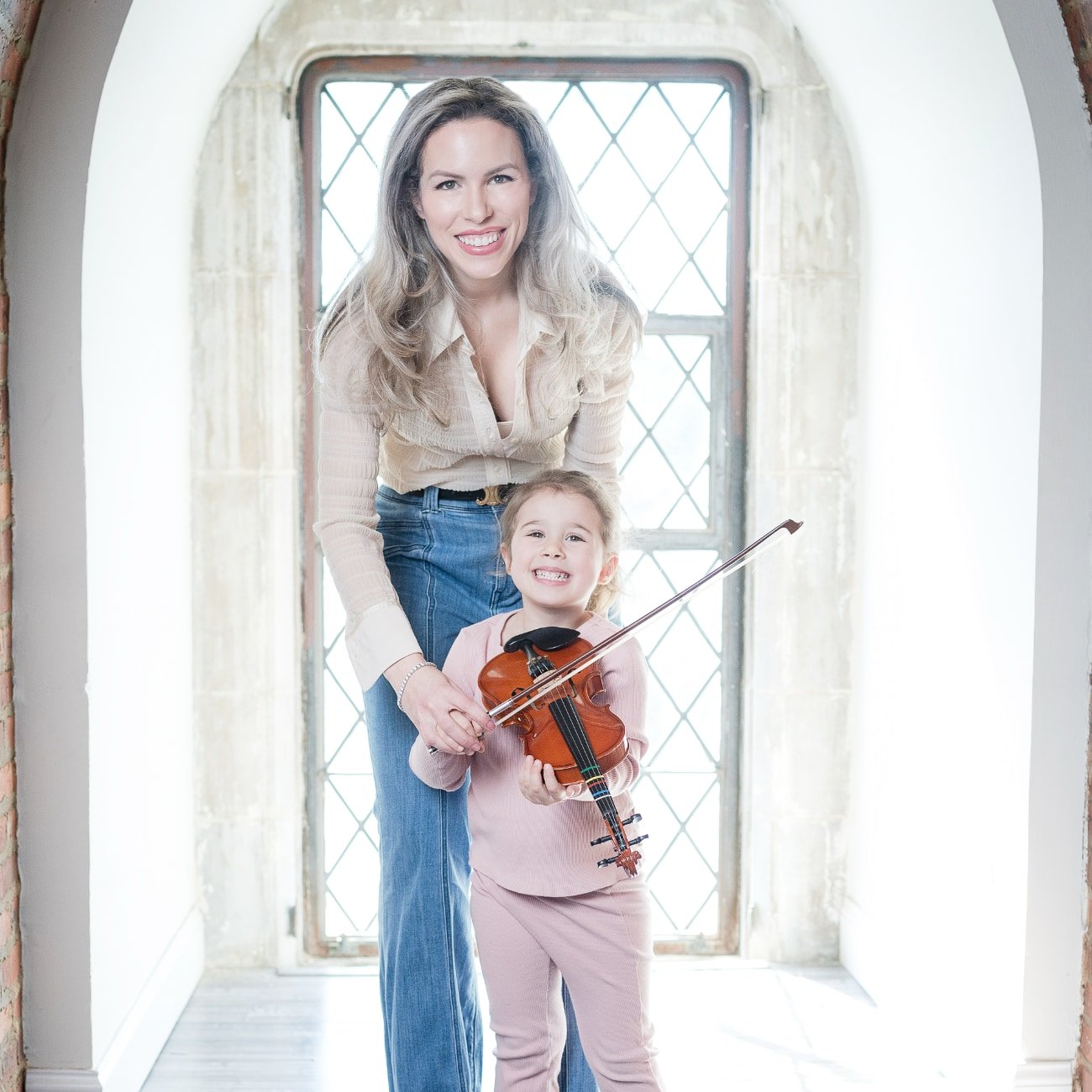The Ideal Starting Age for Young Violinists
Starting violin lessons at a young age, particularly around 4 and a half to 5 years old, can present numerous developmental advantages. During these early years, children are often more adept at absorbing new concepts and skills, making it an optimal time to introduce the complexities of musical instruments such as the violin. Engaging in group lessons or participating in an ensemble can further enhance their learning experience, as social interaction with peers encourages collaboration and fosters a love for music.
One of the most significant benefits of early music education is the development of fine motor skills. Learning to play the violin requires the coordination of both hands, promoting dexterity and manual control essential for playing not just the violin, but also other string instruments like the viola, cello, or double bass. As children learn to hold the violin properly and manipulate the bow, they develop their finger strength and agility, which are crucial for their overall physical development.
Cognitive development is another critical aspect impacted by early exposure to music. Engaging with music helps enhance memory, attention, and critical thinking skills. Young musicians often outperform their peers in various academic areas due to the discipline and focus that music education demands. Moreover, the ability to understand musical concepts cultivated through group lessons fosters a deeper appreciation of music, potentially leading them to pursue involvement in youth orchestras or other instrumental ensembles as they progress.
Furthermore, sensory engagement plays a vital role in early music learning. Children are naturally curious and responsive to sensory experiences, and playing the violin can stimulate auditory and kinesthetic senses, promoting a more integrated learning environment. Finally, parental involvement is crucial during this period, as supportive caregivers can help nurture their child’s musical journey, whether through encouragement at home, attending group lessons, or joining in practice sessions, thereby strengthening their bond and making the learning process enjoyable.
Learning at Any Age: Violin and Beyond
The journey of learning a string instrument, such as the violin, cello, viola, or double bass, is not confined to a specific age bracket. While many achievements are often associated with starting early, it’s crucial to understand that individuals of varying ages possess unique strengths and motivations that can enhance their learning experience. For instance, adult learners often bring a wealth of life experiences and a focused determination that can lead to meaningful progress in mastering an instrument.
Moreover, older beginners might have a clearer understanding of their personal goals, which can drive their commitment to practice and improve. This sense of purpose often translates into a more enjoyable learning process, as adults can connect their musical aspirations with their previous experiences. The similarity in learning methodologies across various string instruments also fosters a sense of community among learners. Skills acquired from one instrument can often be transferred to another, enabling individuals to explore different musical avenues. For example, a violinist may find that their experience contributes significantly to their ability to learn the viola or cello.
Group lessons and ensemble participation further enhance this learning experience. Participating in a youth orchestra or a similar group setting allows students to receive immediate feedback from peers and teachers alike while developing essential collaborative skills. This type of interaction can be enriching for both younger and older learners, as the exchange of ideas and techniques often leads to a deeper understanding of music. Ultimately, string instrument education encompasses individuals of all ages, proving that the joy of music can be discovered and shared at any stage of life.
The Benefits of Group Lessons and Youth Orchestras
Engaging in group lessons offers numerous educational and social advantages for young violinists. These lessons typically foster an environment that promotes teamwork, allowing students to learn alongside their peers. In such settings, children are encouraged to communicate, collaborate, and share their musical journeys. This interaction can lead to a rich learning experience, as students are often inspired by each other’s progress and techniques. Furthermore, working together in groups can increase motivation and accountability, as students witness firsthand the benefits of practice and dedication, which can enhance their skills on the violin, viola, cello, or double bass.
Group lessons also serve to boost students’ confidence. For many young musicians, the prospect of performing can be intimidating. However, when they participate in ensemble settings or youth orchestras, they begin to understand that music is a collective art form. Playing in a group diminishes the pressure of solo performances and enables students to experience the joy of creating together. This collaborative spirit nurtures a sense of belonging, which can be vital in maintaining long-term interest in learning an instrument. The supportive atmosphere of group lessons encourages students to take risks, experiment with new sounds, and refine their skills in a fun, engaging way.
Moreover, participation in youth orchestras provides invaluable opportunities to develop collaborative music-making skills. These orchestras allow young musicians to learn how to blend their sound with others, follow a conductor, and understand the importance of timing and precision within a musical piece. By regularly playing with different instruments such as the cello or double bass, students gain a deeper appreciation for the complexity of orchestral music. In conclusion, group lessons and youth orchestras not only enrich the learning experience but also cultivate essential skills and lifelong friendships that can inspire and sustain a passion for music.
Individual Lessons: Tailored Learning for Young Students
When it comes to learning an instrument such as the violin, personalized instruction plays a pivotal role, particularly for young students. Individual lessons offer a unique opportunity to tailor the learning experience to the specific needs of each child. This customized approach allows the teacher to address particular challenges and focus on the individual strengths of the student, fostering a more effective learning environment.
In individual lessons, the teacher can create structured lesson plans that concentrate on fundamental technical skills, such as bowing techniques, finger placement, and rhythm exercises, which are crucial for mastering the violin. Each session can adapt to the student’s progress, ensuring that all areas are covered in a manner that resonates with them personally. This focused instruction enables young learners to gain confidence in their abilities, as they can progress at their own pace without the potential pressure or distractions that can accompany group lessons.
Moreover, the role of the teacher extends beyond just technical guidance; they also serve as mentors, inspiring students to express their musicality and explore creative interpretations of the music they play. Engaging with different pieces can enrich their understanding of the violin and foster a deeper emotional connection to the music. While individual instruction is essential, it is beneficial to balance this with group experiences such as ensemble playing or youth orchestra participation. These group activities promote collaboration and communal learning, allowing students to apply their skills in a social context.
In essence, individual lessons are an invaluable stepping stone for young students embarking on their violin journey. This tailored learning environment cultivates both technical proficiency and fosters a love for music, setting a solid foundation for future growth as a musician, whether they pursue the cello, viola, double bass, or engage in group lessons and ensemble performance opportunities.




0 Comments